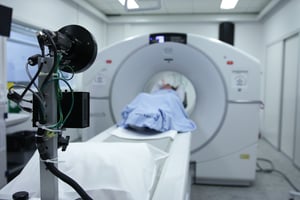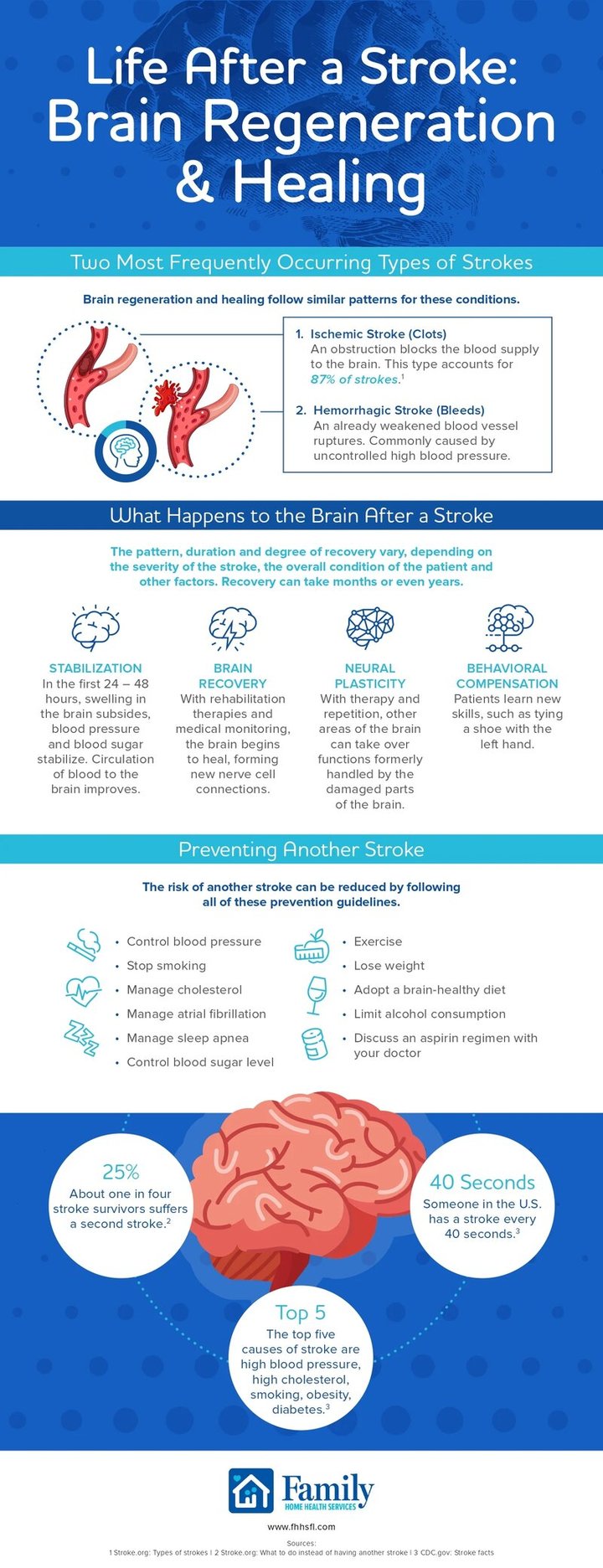Your heart is a vitally important organ. It continuously pumps blood throughout your body to ensure...
Adjusting to Life After a Stroke
In America, stroke is a leading cause of death. The brain and heart rely on each other to sustain the basic functionalities of the human body. The brain controls a large portion of the body's range of capabilities and nerve signaling. Your brain has multiple purposes, but a single stroke can put those critical functions at risk. Communication, memory, emotional activity, and physical capabilities can all be affected when the brain is not operating at its utmost potential.
Difference Between a Stroke and a Heart Attack
A stroke and a heart attack may seem similar but are very different. Both ailments occur due to a shortage of oxygenated blood and blood flow. However, strokes primarily affect the brain, while heart attacks mainly target the heart. When the body's blood flow to the heart is blocked, sometimes due to a blood clot, it can cause a heart attack. A stroke, on the other hand, can cause possible brain tissue to decay and long-term disability or death.
Stroke Causes
The leading cause of strokes is anything that leads to blocked blood supply or a burst blood vessel, cutting off the oxygen flow to the brain. Several risk factors for a stroke, such as high cholesterol and obesity, can be medically managed or treated. Nevertheless, as with certain terminal conditions, particular risk factors are more challenging to address.
An individual's lifestyle has a considerable effect on their health. Harmful choices can lead to chronic illnesses with detrimental long-term consequences. Nearly everything that goes into the body has the potential to affect your physical and emotional well-being. For example, eating highly processed fast food can possibly make the person feel groggy and lethargic, while a plant-based diet can help support a healthy immune system.
Controllable risk factors for a stroke are:
 Diabetes
Diabetes- Lack of exercise
- High blood pressure
- High cholesterol
- Excessive alcohol or drug use
- Smoking
Uncontrollable risk factors include:
- Age: The risk of having a stroke doubles every ten years after the age of fifty-five.
- Race: Black and non-white Hispanic Americans are affected more than white Americans.
- Gender: Although strokes occur more regularly in men, women are more prone to suffer strokes later in life, placing them at a greater danger of non-recovery.
- Family history: Strokes are more likely to occur within families that carry genetic disorders.
Even if someone is taking good care of their body and do not carry any genetic risk factors, they can still be at risk due to:
- Geography: Strokes happen more in southeastern America than in the rest of the country, perhaps due to elements of the regional culture such as diet.
- Climate: Extreme temperatures increase the risk of a stroke.
- Economic and social circumstances: Particular evidence suggests that stroke cases are more prevalent in low-income communities.
Stroke Treatment
 To properly treat a stroke, doctors must first determine the causes of the symptoms through a CT scan or other stroke tests. Stroke tests vary from simple physical analysis and blood analysis to more involved procedures such as echocardiograms, cerebral angiograms, MRI scans, or carotid ultrasounds. About a quarter of stroke survivors will suffer a second stroke, making immediate treatment vital.
To properly treat a stroke, doctors must first determine the causes of the symptoms through a CT scan or other stroke tests. Stroke tests vary from simple physical analysis and blood analysis to more involved procedures such as echocardiograms, cerebral angiograms, MRI scans, or carotid ultrasounds. About a quarter of stroke survivors will suffer a second stroke, making immediate treatment vital.
Some steps to help stroke patients recover include seeking support and therapy, monitoring medications, being on the lookout for dizziness or imbalance, ensuring a healthy diet, and keeping the brain active. It is crucial to remember that recovering from a traumatic brain injury, such as a stroke, takes time and patience.
Recovery can be a long-term process. Hence, it is imperative to understand how the body and brain are affected. Refer to the following infographic for further information on brain recovery and stroke prevention practices to incorporate into everyday life.






